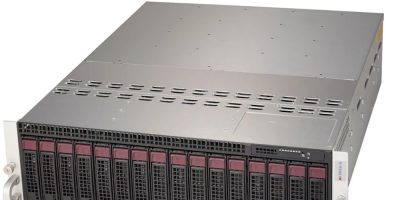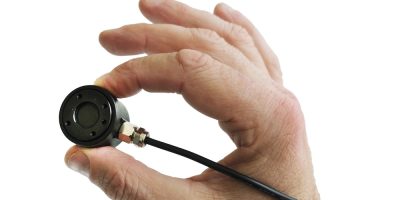IT and data centre operators that need to manage cloud gaming and video hosting workloads can access a high performance and scalable server, the MicroCloud AS -3015MR-H8TNR by Supermicro.
The MicroCloud server has been designed to use AMD Ryzen 7000 Series processors based on the latest Zen 4 cloud architecture, which has a boost speed of up to 5.7GHz.
The MicroCloud blade contains a single optimised AMD Ryzen 7000 series processor, up to 128Gbyte of DDR5 memory and a TDP (thermal design power) of up to 170W for new technologies with PCIe 5.0, DDR5-5200MHz memory, up to 16 cores (32 threads) per CPU and very high clock rates, said Supermicro. DDR5-5200 MHz, and up to 16 cores (32 threads) per CPU. The server is suitable for e-commerce, cloud gaming, code development, content creation and virtual private servers
The Supermicro MicroCloud 3U enclosure contains eight blades, with each blade containing up to two front-accessible NVMe U.2, SAS, or SATA3 drives. The Supermicro MicroCloud shares cooling and redundant power supplies across the eight blades for a more efficient and uninterrupted operation. IT departments can quickly set up dedicated hosting, a multi-instance environment for workloads such as web hosting, cloud gaming, and remote and virtual desktops through easy accessibility of the physical nodes and the rear I/O with a flexible remote management interface, including dedicated IPMI port for the eight nodes, advised Supermicro.
Michael McNerney, vice president of Marketing and Security, Supermicro, said: “These new servers . . . will give IT administrators a compact and high-performance option in order to offer more services with lower latencies to their internal or external customers. By working closely with AMD to optimise the Ryzen 7000 Series firmware for server usage, we can bring a range of solutions with new technologies with PCIe 5.0, DDR5 memory, and very high clock rates to market faster, which allows organisations to reduce costs and offer advanced solutions to their clients.”







